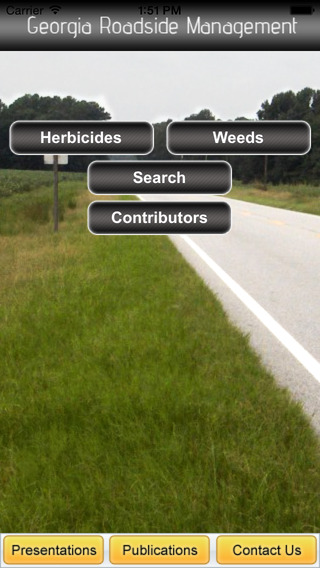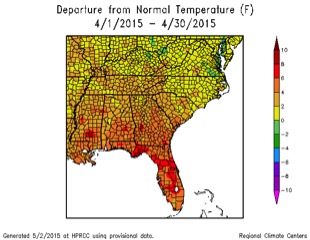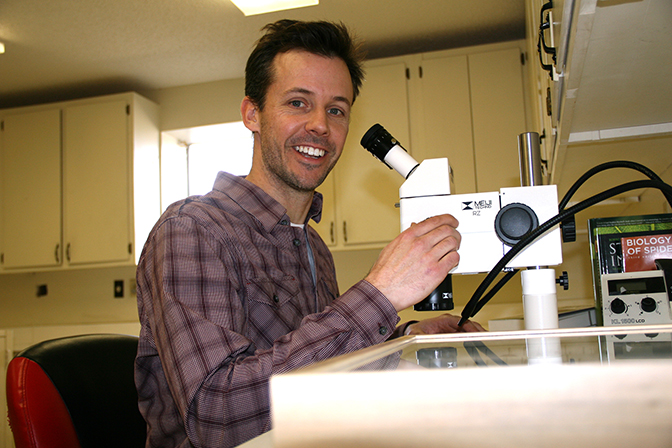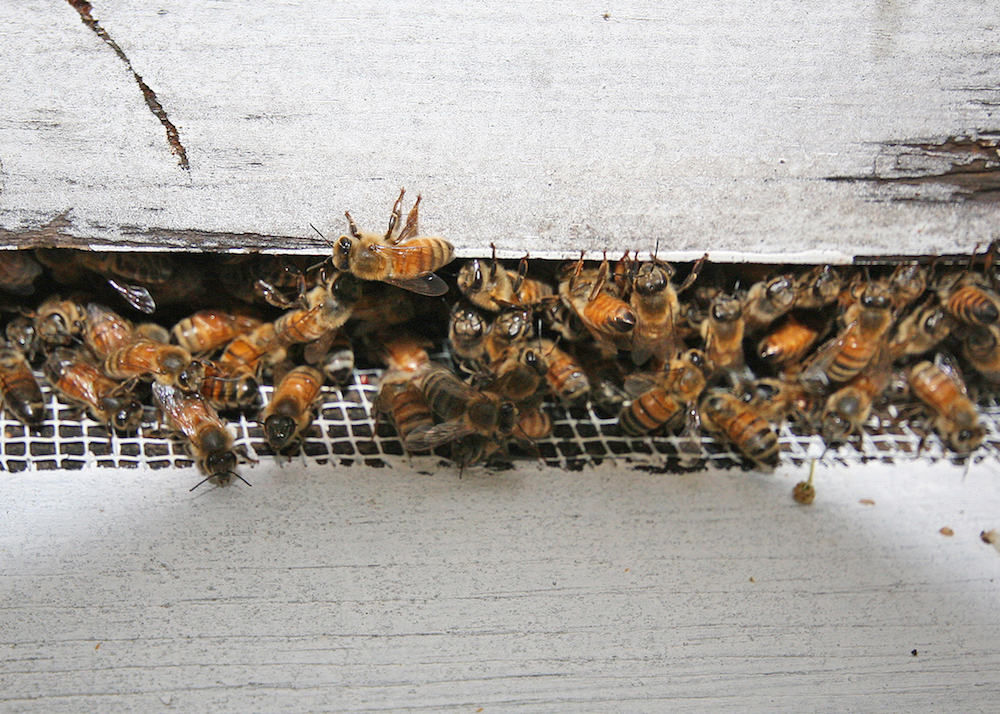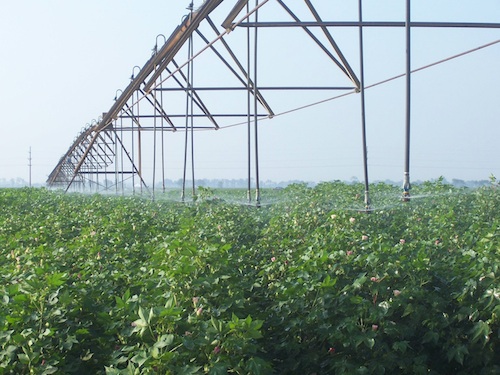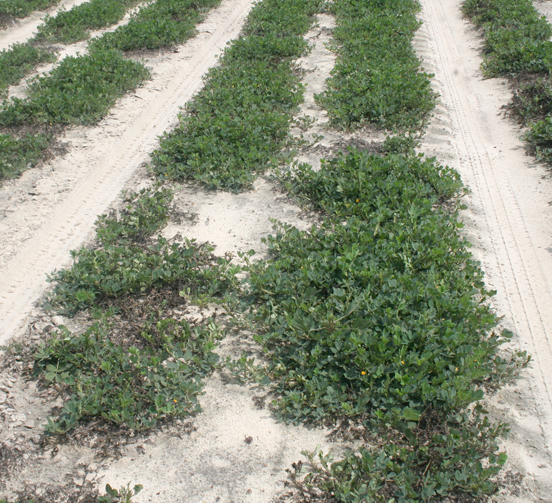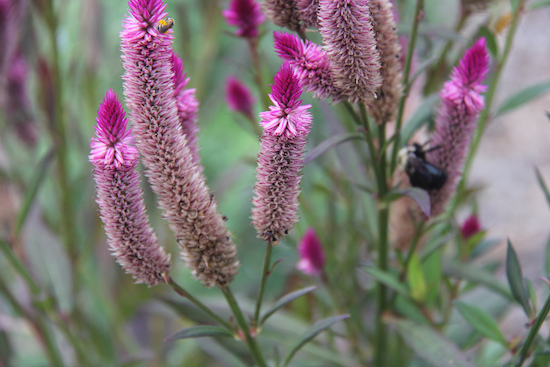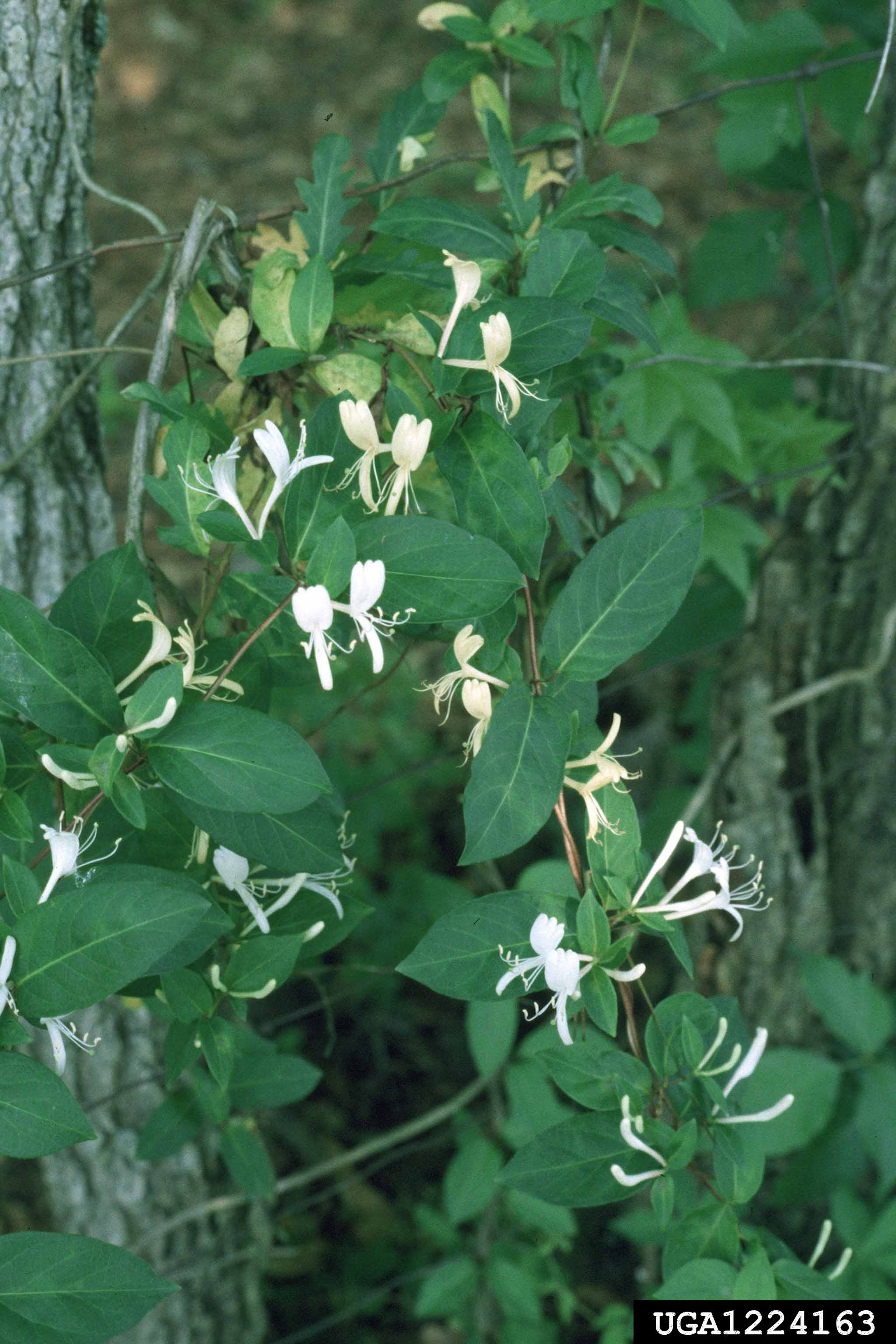 CAES News
CAES News
Invasive Flowers
If you’ve driven down the road alongside an overgrown fence or forested area in north Georgia lately, you were likely overwhelmed with a combination of fragrance from wild Japanese honeysuckle and Chinese privet. Many people assume they are native because they are so common, but neither one belongs on this continent. Both originated in Asia and were introduced to North America in the 1800s for ornamental uses in landscaping.



